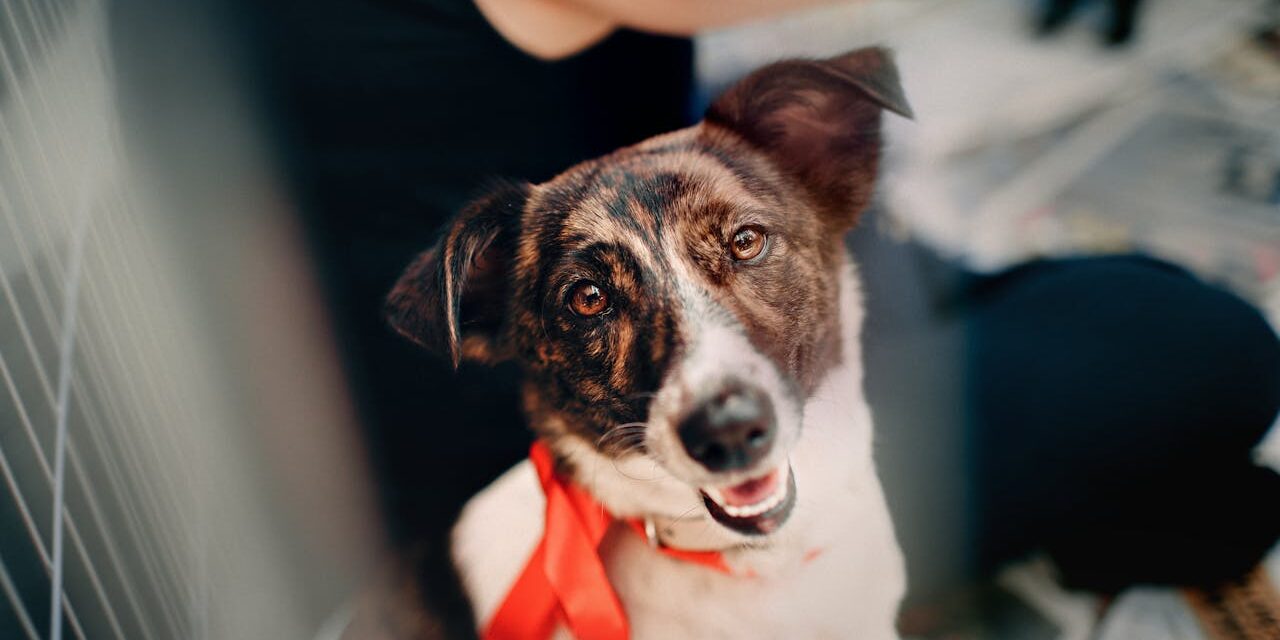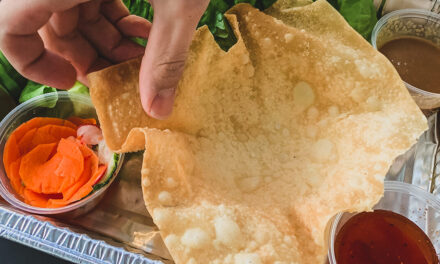Getting your first adopted dog is difficult. It’s hard.
You must put your adopted and rescued dog’s needs first.
All dogs and all dog breeds come with a variety of needs, and if you can’t meet the lifestyle needs of the breed, then you are NOT the right person to adopt the dog. Although dog adoption agencies put lots of quality time and energy into creating descriptions of their orphan dog characters, it’s the adopter’s responsibility to ensure the breed perfectly matches their lifestyle.
Do you spend a bunch of time sitting and watching TV? Then, a Siberian Husky is NOT for you. Do you love to live the sitting-down lifestyle? If you’re looking for a cute, cozy breed who sits at your feet, find yourself a Shih Tzu, Lhasa Apso, or Pomeranian.
More of an adventurer? Enjoy spending the weekend at the lake? Don’t mind big dog spit and hair in your vicinity? Adopt a poodle, Labrador retriever, German shepherd, beagle, or border collie. They all have intense exercise requirements.
If you cannot agree to a particular dog breed’s lifestyle requirements and responsibilities, you have no business adopting them. Find a less-active breed and move on with a greater quality of life for your dog and you. If it doesn’t feel suitable to adopt your dog, then it’s probably not right.
Table of Contents
Dog Adoption Supply Checklist
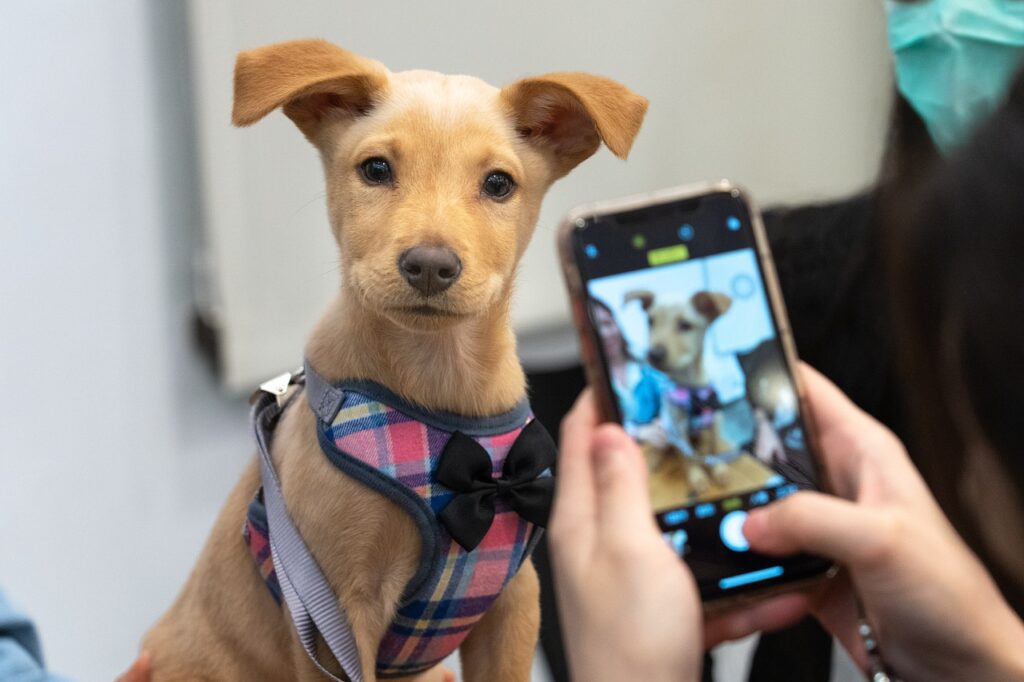
Getting a new dog can be exciting but remember that this time can be nerve-wracking for your new pet, so ensuring they have everything they need can help make them feel as secure and comfortable as possible.
Here is a full list of essential items to make the best for your first few weeks after adopting!
Major Items Needed
- Leash – A leash is needed to control your dog and keep it contained and safe. Sometimes it’s also helpful to spend the first few days with your dog at home, with the leash dragging behind. This can help if you’re struggling to control your newly adopted dog and don’t want to cause it more anxiety by chasing it around.
- Collar – Make sure the collar is a good fit and suitable for their fur type. Rolled-leather collars work great for dogs with long, soft fur to minimize matting.
- Harness – A harness is excellent when traveling with your dog to provide greater control and safety, especially if you have a small dog.
- Food & Water Bowls – You’ll want to get at least two bowls, one for food and one for water. Feed your dog as recommended by your veterinarian and dog food packaging, and give your dog access to water around the clock.
- Bed – Your dog deserves a space to lay down and rest, so purchasing a dog bed and setting it up in a safe and quiet home area without drafts is necessary.
- Personal Blanket – For security and comfort, you can dedicate a small blanket for use by your dog.
- Toys – Multiple toys will help your dog remain stimulated and slightly active, even while in the home. My Pomeranian loves to play with stuffed animals, including chewing on them and playing fetch down the hall. Keep an eye on your prized dog for any small pieces or choking hazards with all toys. You also don’t want your dog to eat its toys, as they can cause digestion issues and blockages.
- Food – There are many dog food brands on the market for your specific breed and size, and you can verify the health of dog food brands with your veterinarian.
- Treats – A range of treats will help your dog stay stimulated and engaged during training sessions. If you’re training for an extended period or use lots of treats, it’s helpful to find a low-calorie treat, so your dog isn’t overfed during training time.
- Lint Roller – Depending on your dog’s breed, it could shed a lot. It’s helpful to have a lint roller on hand when your dog arrives so you can remove fur from furniture and your clothes.
- Brush – There are different brush options depending on the fur type.
- Dog Towel – A towel dedicated for use by your dog will be helpful during bath time or when you need to do a quick cleanup of your dog’s fur.
- Dog Shampoo and Conditioner – There is specific shampoo and conditioner on the market specifically formulated for use by dogs. Don’t use human shampoo on your pets, as it can cause issues for their skin.
Health, Food & Nutrition
- Teeth – Use a toothbrush and toothpaste periodically on your dog’s teeth to ensure they stay healthy and clean and last for a long time. We generally brush our dog’s teeth once a week for optimum shine and health.
- Poop Bags – You’ll want poop bags to bring with you when walking your dog so you can clean up their waste at any time. Don’t leave dog waste behind, as it’s impolite and unsafe for the environment.
- Nail Clippers – Get your hands on nail clippers to trim down your dog’s nails every few weeks. If you don’t clip your dog’s nails, they’ll grow too long, causing walking issues and possible ingrown complications.
- Grooming Clippers – You might want to have grooming clippers available to trim down long hair on your dog’s paws or other areas, but you always do have the option to use a groomer’s service only.
- Pooper Scooper – A scooper or shovel for poop will help clear away dog waste from your yard, so it doesn’t accumulate.
Medications
- Heartworm – Giving your dog a monthly heartworm medication is critical to keeping them safe from heartworm infections coming from fleas. You will need to make an initial appointment to visit your veterinarian so they can give your dog a heartworm medication prescription.
- Flea and Tick – Protecting your dog from fleas and ticks with medication will help you and your dog stay healthy from the little critters. There are lots of topical flea and tick medications for dogs that are available over the counter.
Create/Control
- Crate – A crate is a deserved space for your dog to have time alone, and you can also bring your crate with you on the road in your vehicle while traveling.
- ID. Tags – It’s a good idea to get a set of ID tags created for your dog with their name, address, and phone number. This tag can be placed on your dog’s collar.
Other
- Find a Vet – Research to find a good veterinarian in your area for an initial introduction visit with your dog. Maintain a relationship with the vet’s office to keep your dog up-to-date on vaccinations and checkups, and you’ll have a place to visit in an emergency.
- Vaccines/Licenses – Your city will often offer a license for dogs to maintain their information in case the shelter catches your dog in public. Additionally, it’s vital to maintain your dog’s rabies vaccine schedule and have it wear its associated tag.
- Training Pads – If you’re adopting a puppy that isn’t housetrained, you’ll want to have puppy pads to help during the training process.
- First Aid Supplies – Keep a dog first aid kit available in your home with specific items that might be needed if your dog has a minor injury.
Although it’s a long list, it’s essential to do your best to be a good parent for your adopted rescue dog. You can use social media and other avenues to find secondhand dog equipment and supplies instead of purchasing all items.
What’s the hardest part about adopting a dog?
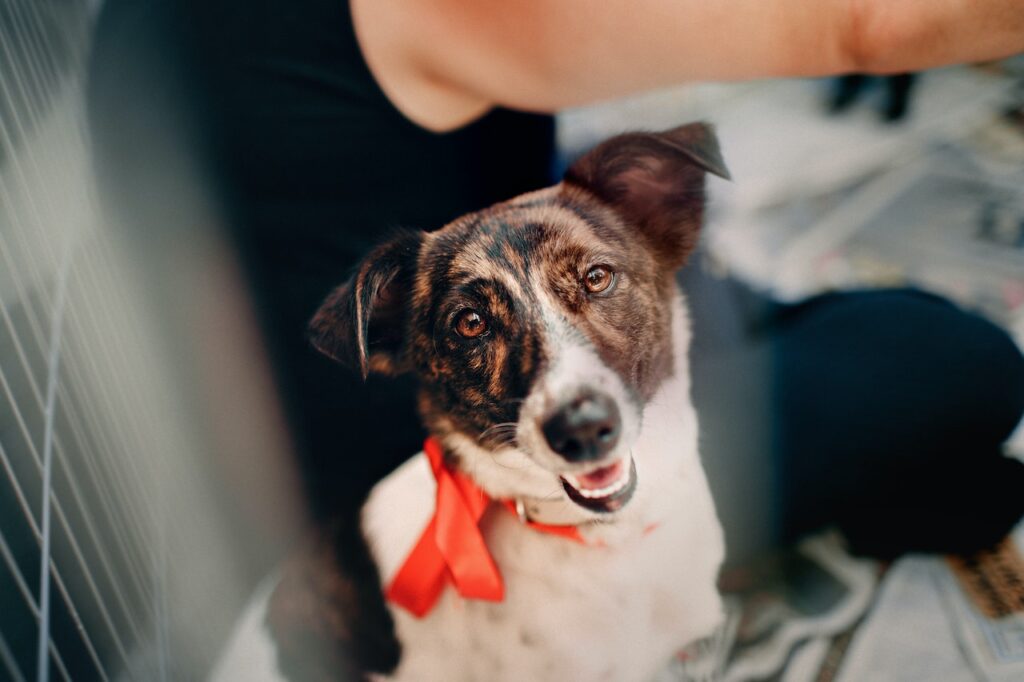
You never know what personality might unfold with an adopted dog.
You must be ready to meet the needs of your adopted dog and research wholeheartedly the personality of the breed you’re trying to adopt. Be patient in making sure you find a dog of a breed you can fully support. Do you have the ability to exercise an active breed three times a week? If not, consider adopting a breed with a less intense need for exercise.
I’ve had experience adopting many dogs, and the first meeting is the most crucial moment to pay attention to. If you’ve already done your research and have identified that you are a perfect match for the dog breed, then all that’s left to do is to ensure that the dog and you make a specific bonding match.
What do you need to get when you adopt a dog?
Adopting a dog is a huge responsibility and commitment. Before bringing a new dog into your private home, there are some essential things you will need to consider and prepare for.
- Make sure you have the time and resources to care for your new dog properly. This includes daily exercise, feeding, grooming, and training.
- You will also need to provide a safe and comfortable space for your dogs, such as a crate or kennel, bed, and toys.
- Basic supplies for your dog, such as a collar and leash, food and water bowls, and appropriate food and treats, will need to be available.
- Depending on where you live, you might also need to obtain a license for your dog and ensure it is up-to-date on all necessary vaccinations.
- Consider purchasing pet insurance to help cover any unexpected medical expenses.
- It’s important to remember that adopting a dog is a very long-term commitment. Ensure you’re prepared to deliver a loving and supportive home for your new pet for its entire life.
It’s a good idea to research and plan before adopting a dog to ensure you are prepared and able to provide the best possible care for your new pet.
What should I buy my newly adopted dog?
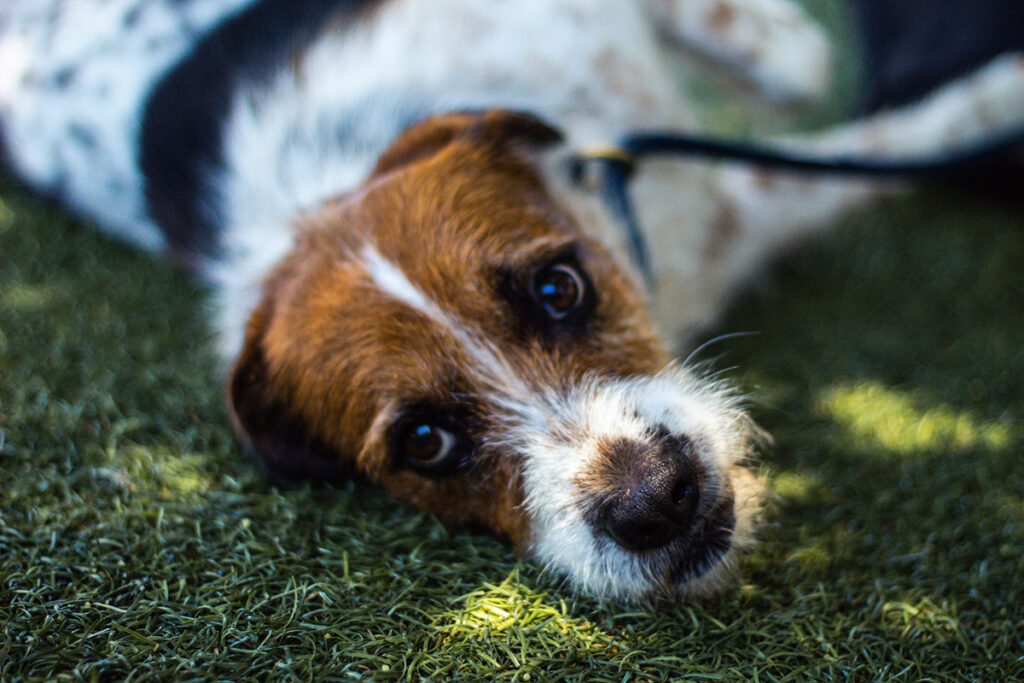
If you’ve adopted a new dog recently, congratulations!
Owning a dog can be a gratifying experience, and your new furry friend will bring you great joy. There are a couple things that you should consider buying for your new dog to help them feel comfortable and safe in its new home.
You will need to buy basic supplies for your dog, such as food, water bowls, a collar and leash, and a crate or kennel. These items will help your dog feel secure and comfortable in their new surroundings and make it much easier for you to take care of them.
In addition to these basic supplies, there are a few other things that you should consider buying for your new dog. For example, purchase a bed for your dog to sleep on and some toys to keep them entertained. If your dog spends lots of time outdoors, invest in a doghouse or other shelter to protect them from the elements.
It’s important to remember that all dogs are different; what one dog may love, another may not. So, when choosing toys and other supplies for your new dog, consider their personality and preferences.
With a bit of thought and extra planning, you can help your new dog feel right at home with you in no time.
What is the first thing to do when you bring a dog home?
When you bring a new special dog home, you should first make sure that they are safe and comfortable in its new surroundings. This may involve setting up their crate or kennel and conveniently placing their food and water bowls.
In a calm and controlled manner, it would help if you also took some time to introduce your new dog to the rest of your household, including any other pets you may have.
Once you have taken care of these initial tasks, you can focus on helping your new dog adjust to their new home. Take them on short, frequent walks to help them get to know their new neighborhood and provide them with lots of positive reinforcement and praise to help them feel confident and comfortable.
It’s also important to remember that every dog is different and may have unique needs and preferences. So, as you settle in with your new dog, please pay attention to their behavior and body language, and make any necessary adjustments to help them feel at home.
You and your new dog can form a strong bond and enjoy many happy years together with patience and understanding.
How long does it take for a newly adopted or rescued dog to adjust?
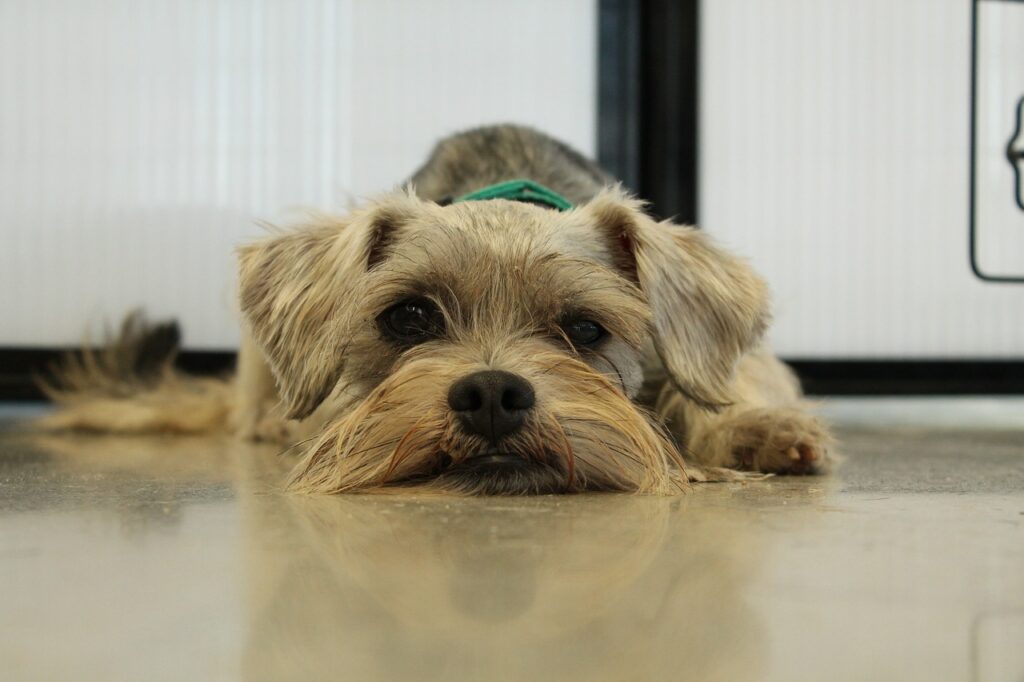
The time it takes for an adopted or rescued dog to adjust to its new home will vary depending on a few factors, including the dog’s age, breed, and previous living situation. Younger dogs tend to adjust more quickly than older dogs, and smaller breeds may adapt more rapidly than larger breeds.
Some dogs may take a few days to become adjusted to their new home, while others may take several weeks or months. It’s essential to be patient and understanding during this process and to provide your new dog with the support and guidance they need to feel comfortable and confident in their new surroundings.
One way to help your adopted dog adjust more quickly is to create a consistent daily routine. This helps provide structure and stability and makes it easier for your dog to better understand what is expected of them. You should also ensure to provide your dog with plenty of positive reinforcement and praise, as this can help to boost their confidence and make them feel more at home.
Overall, it’s important to remember that every dog is different, and the time it takes them to adjust to their new home will vary. With patience, understanding, and a lot of love, you can help your adopted dog feel comfortable and happy in their new surroundings.

